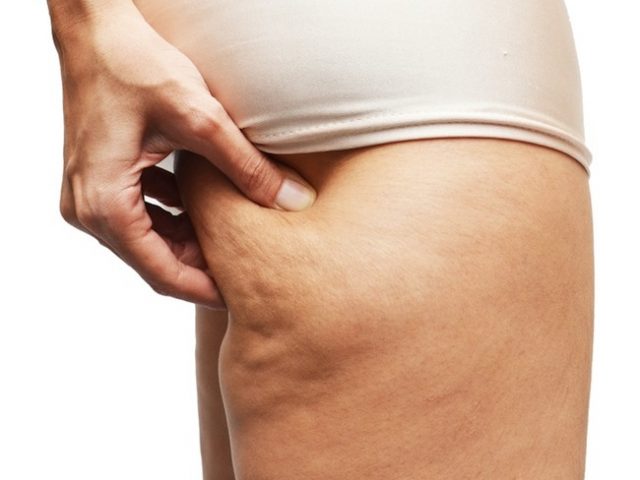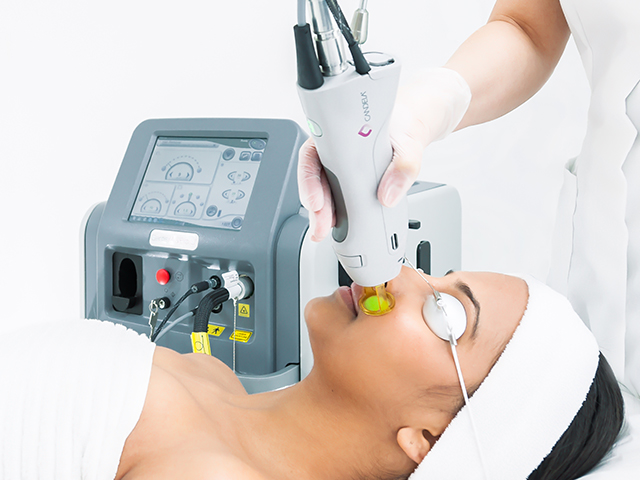Localized breasts, dissatisfaction with breast size, increased expression lines … These are just some of the aesthetic problems that many women have experienced in plastic surgery clinics.
A recent survey by the International Society of Aesthetic Plastic Surgery (ISAPS) pointed to Brazil as the world leader in plastic surgery and liposuction, the most widely performed procedure in the country.
André Colaneri, plastic surgeon, says that plastic surgery has a search among virtually all types of patients: Women, men, adolescents, middle-aged, etc. “I believe that this is due to the increased safety of surgery, better purchasing power of the population, a larger number of specialists and resulting lower costs, as well as frequent media disclosure,” he says.
The plastic surgeon adds that Brazil and the USA are the largest and most efficient plastic surgery centers in the world. And “And liposuction is indeed the best plastic surgery in Brazil. As a tropical country, with frequent exposure of the body, increases concern for excess fat. In Brazil there is also a worldwide tendency to increase the weight of the population due to the sedentary and labor-intensive life and little time for leisure and exercise. This makes liposuction an alternative way to lose unwanted fat,” says Colaneri.
Although most people have heard about liposuction, the procedure is still subject to doubts, fears and even misleading advertising. For example, many people do not know what the difference is between liposuction and liposculpture. Others have heard of laser liposuction, Minilipo and other names and have not understood which is best for each case.
André Colaneri explains that plastic surgery, like medicine in general, has developed considerably. In this way, today there are different types of liposuction that better meet the needs of patients. In this sense, it is important to understand the similarities and differences between the main ones.
Liposuction
According to Colaneri, liposuction is always an operation that removes fat by cannula aspiration. “He has a cannula and an aspirated fat, it’s liposuction no matter what name is given,” he says.
What can change, as the surgeon explains, is the type of cannula and anesthesia load. “The technique of liposuction changes depending on the type of cannula used (laser lipo, ultrasound liposuction, vibrolipoaspiration, traditional lipo). The anesthetic size does not change the technique, although the media want to give different names to liposuction with local anesthesia (minilipo, hydrolipo, lipo light, etc.). – it is all the same liposuction with local anesthesia), “he said.
The surgery time and size anesthetic (local anesthesia, local anesthesia with sedation or general peridual) according to Colaneri, vary to the amount of fat and areas to be aspirated. “Half a liter of Lipo can probably be performed under local anesthesia, about 40 minutes. A lithium of 4 liters, in abdomen, flanks, back and arms, will probably last 4 hours, with general anesthesia,” illustrated.
Pre- and postoperative
Colaneri explains that preoperative surgery is like any other surgery:
The person should perform the examinations to assess the risk of the operation;
Avoid anticoagulants 14 days before surgery;
Scratch the hair of the area to be operated on (if present).
If you are under epidural or general anesthesia, stop smoking and take hormonal contraceptives to reduce the risk of thrombosis. (I.e.For post-operative use, the plastic surgeon advises to stop smoking and take hormonal contraceptives to reduce the risk of thrombosis:
It is necessary to make lymph drainage and ultrasound to reduce the swelling and the formation of fibrosis;
Use compressing mesh for about 45 days;
In this period of about 45 days do not train;
Avoid heat and hot and long baths.
“Of course, the postoperative size varies depending on the size of the operation (this applies to medium and large operations). Lipos with local and small anesthesia have a faster recovery,” adds the doctor.
Liposculpture
Colaneri explains that liposculpture is a liposuction procedure in which after the removal and treatment of fat, volume is increased in another area (e.g. buttock muscles, depression, facial wrinkles, cellulite etc.). “Some of the transplanted fat is absorbed (about 50%), but this is well accepted by the body because it is the patient’s own fat,” he says.

Before and after the operation
Colaneri explains that preoperative liposculpture is the same as liposuction:
The person should perform the examinations to assess the risk of the operation;
Avoid anticoagulants 14 days in advance;
Scratch the hair of the area to be operated on (if present).
If you are under epidural or general anesthesia, stop smoking and take hormonal contraceptives to reduce the risk of thrombosis.
For post-operative use, the plastic surgeon advises:
It is necessary to do lymphatic drainage and ultrasound to reduce swelling and the formation of fibrosis;
Use compressing mesh for about 45 days;
In this period of about 45 days do not train;
Avoid heat and hot and long baths.
Vibroloaspiration
Colaneri explains that vibrolipoaspiration is a type of liposuction that uses a cannula with a vibrating mechanism to facilitate fat penetration and withdrawal. “The movements are usually softer because they are not as resistant to moving the cannula. This makes the fat come lighter, with less effort and the bleeding is usually lower,” he says.
The surgeon adds that the indications are the same as for traditional liposuction: localized fat accumulation. Co As it is a liposuction, Colaneri explains, the operation time is basically the same as in traditional liposuction (depending on the amount of fat and the areas to be aspirated). Visit and find out more about laser lipo at obiplasticsurgery.com today.










